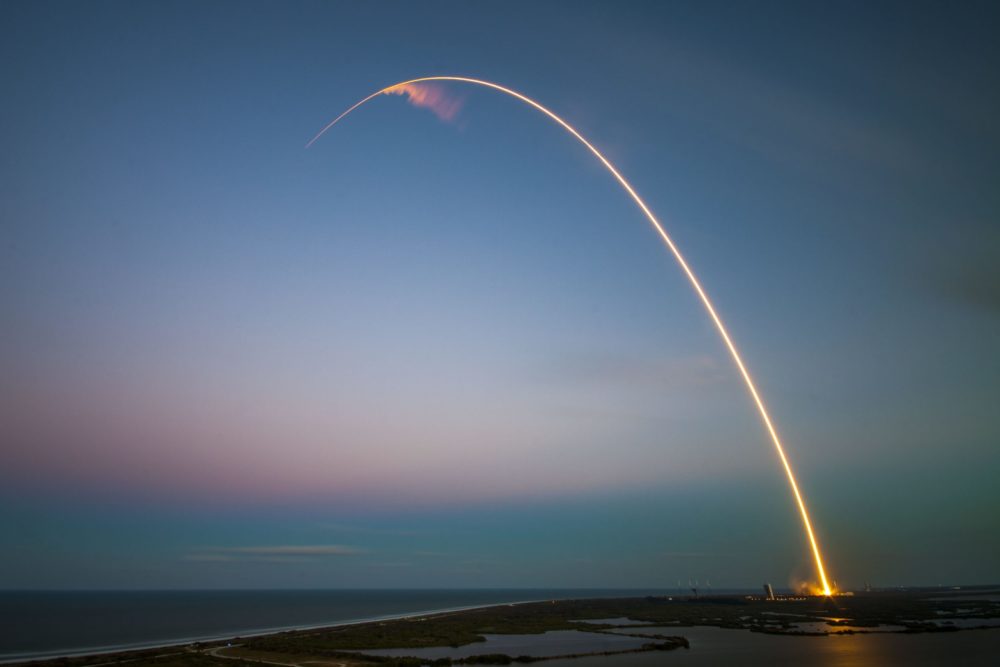With a new ecosystem of exciting, innovative and potentially disruptive technologies – from Artificial Intelligence to Virtual Reality to the IoT – poised to fundamentally change how government agencies operate for the better, digital transformation remains one of the top priorities across global governments. However, there is one universal requirement for all of these technologies – network connectivity. And not just any network connectivity – high bandwidth connectivity capable of rapidly carrying large amounts of data and enormous files to the edge.
Unfortunately, that simply isn’t a reality for all government entities and agencies in the United States. Some small cities and rural towns – including geographically-isolated rural communities in places such as Alaska and the Midwest – are without access to broadband connectivity. And there are many places across this country where our government might want to have connected personnel in the field, or even IoT sensors that upload data to the cloud in real-time, that don’t have any connectivity – including access to wireless networks – because they’re just so remote.
If we’re going to embrace digital transformation and utilize these new technologies to their fullest, they need to be operable and accessible everywhere in the country. Unfortunately, there is currently a digital divide in America between places with existing terrestrial networks that have access to advanced technologies and IT capabilities, and those without them that are left behind or otherwise remain in the dark.
The benefits of these new technologies shouldn’t be limited only to the states, cities and municipalities that have access to high-bandwidth, terrestrial networks. And the federal government should be able to benefit from the IoT and other tools anywhere in our country – regardless of the presence of terrestrial networks.
These tools should be available to all parts of the U.S. Government – federal, state and city. And multi-orbit, high-throughput, low latency satellite networks could be the key to bridging that digital divide.
Building a bridge from space
Today’s advanced satellites are capable of delivering fiber-like connectivity to practically any corner of the globe, making them the perfect solution for leveling the digital playing field. However, there have traditionally been challenges keeping the U.S. government and its agencies from embracing satellite communications in this role.
Cost concerns, reliability challenges and fears about ease of use have long left government agencies uneasy about utilizing satellite more extensively and aggressively to meet their respective connectivity requirements. But this, too, could be about to change.
SES, one of the world’s largest satellite providers, is already operating a multi-orbit satellite constellation that is being utilized by the U.S. Government.
SES has made multiple exciting announcements about new capabilities, partnerships and technologies that it is launching to help address those fears and make satellite connectivity better, faster, easier and more accessible for government organizations. Let’s take a look at some of these announcements and what they could mean for government users.
Laying the groundwork for the government of tomorrow
SES announced that they had chosen SpaceX to launch their O3b mPOWER next generation satellites into orbit. The launches may be a few years away, but the satellites that they’ll carry have incredible potential to revolutionize the satellite industry. The O3b mPOWER satellites will be capable of delivering incredible bandwidth and throughputs, coupled with drastically reduced latency as a result of their location in Medium Earth Orbit (MEO).
The O3b mPOWER satellites are the next generation of SES’s existing O3b MEO satellites, which are already relied upon across the globe to deliver high-throughput, low-latency connectivity to geographically-isolated areas without terrestrial networks. The announcement of SpaceX as the launch partner for those satellites is just another step towards making this constellation a reality.
In addition to the SpaceX announcement, SES also announced the expansion of their existing relationship with Microsoft, which will make it easier for government agencies to utilize Microsoft’s Azure cloud platform.
The cloud is the backbone for many of the advanced technologies that are making digital transformation so essential across the government today. The expanded partnership between SES and Microsoft will enable government users to leverage the company’s satellite-enabled managed services to connect locations and sites in remote and underserved locations globally that previously did not have access to cloud services.
Ultimately, these announcements illustrate a larger trend – SES and SES Space and Defense are laying the groundwork for a revolutionary new generation of satellites that will make satellite connectivity and services better, easier to use, more automated and accessible than ever before for the government.
With this groundwork in place, a new constellation and satellite service will be built that will make it possible to empower digital government services and capabilities across our country – even in the most remote, rural and geographically-isolated of places. The days of the digital divide are numbered. Soon, there will no longer be “haves” and “have nots,” just an entire globe connected from space via next generation satellite.
To learn more about O3b mPOWER and its government use cases, click HERE.
